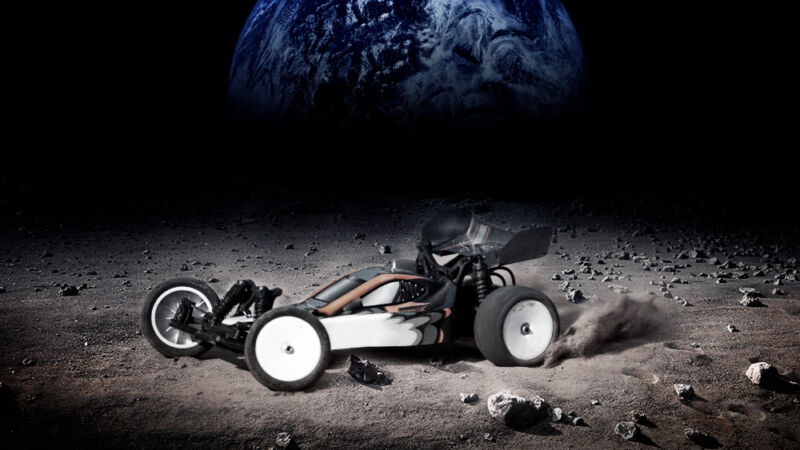
Have you ever looked up at the Moon and thought “hmm, pretty good, but maybe our closest celestial companion could use some extra racing?” If so, your wish may well become a reality next year. That’s thanks to a partnership between an STEM group called Moon Mark and the space company Intuitive Machines, which has a NASA contract to deliver a science payload to the Moon’s surface in 2021. Part of that payload? A pair of small lunar rovers, which will conduct the Moon’s first race. And if you’re a high school student, you’ve got a chance to design one of those moon racers.
Moon Mark is looking for submissions from teams of up to six students (between grades 9-12). Teams only have to design the rovers, not actually build them, and the winners will be rewarded with $1,000 donations to the charities of their choice, with the possibility of their designs actually being built and sent into space.
The design criteria are quite interesting. For starters, there’s an 11lb (5kg) weight limit. But 3.6lbs (1.6kg) are already spoken for thanks to a standardized battery and power-control module, solar panel, UHF radio and antenna, Wi-Fi module, and a single-board computer that will run the rover. All of these components were chosen by Moon Mark as suitable for the extreme temperatures experienced on the lunar surface, which can range between -173˚C and 126˚C.
Beyond that, each team is free to come up with its own solution, although Moon Mark stresses that the main purpose of these rovers is to go fast. But there obviously needs to be some form of propulsion along the lunar surface, a steering mechanism, and a camera so the rover (or whoever is controlling it remotely) knows where it’s going. Which in this case will be in an area on the Moon near Vallis Schröteri.
Moon Mark says it will judge the entries on five categories, each given equal weight. The categories are: how space-worthy the design is, how the team worked together virtually under the COVID-19 lockdown, how much innovative problem solving it incorporates, the creativity and ability of a design to engage other people, and how entrepreneurial the team’s solution is.
If you have bored kids at home, or you are a bored kid at home, you can register for free any time until May 22.
https://arstechnica.com/?p=1674194

